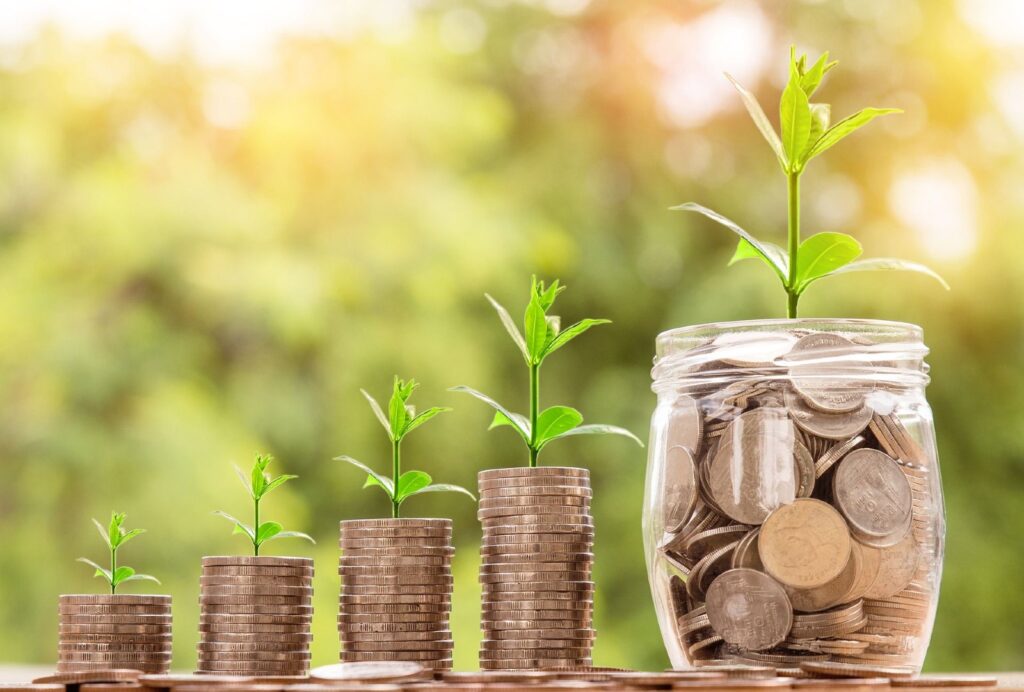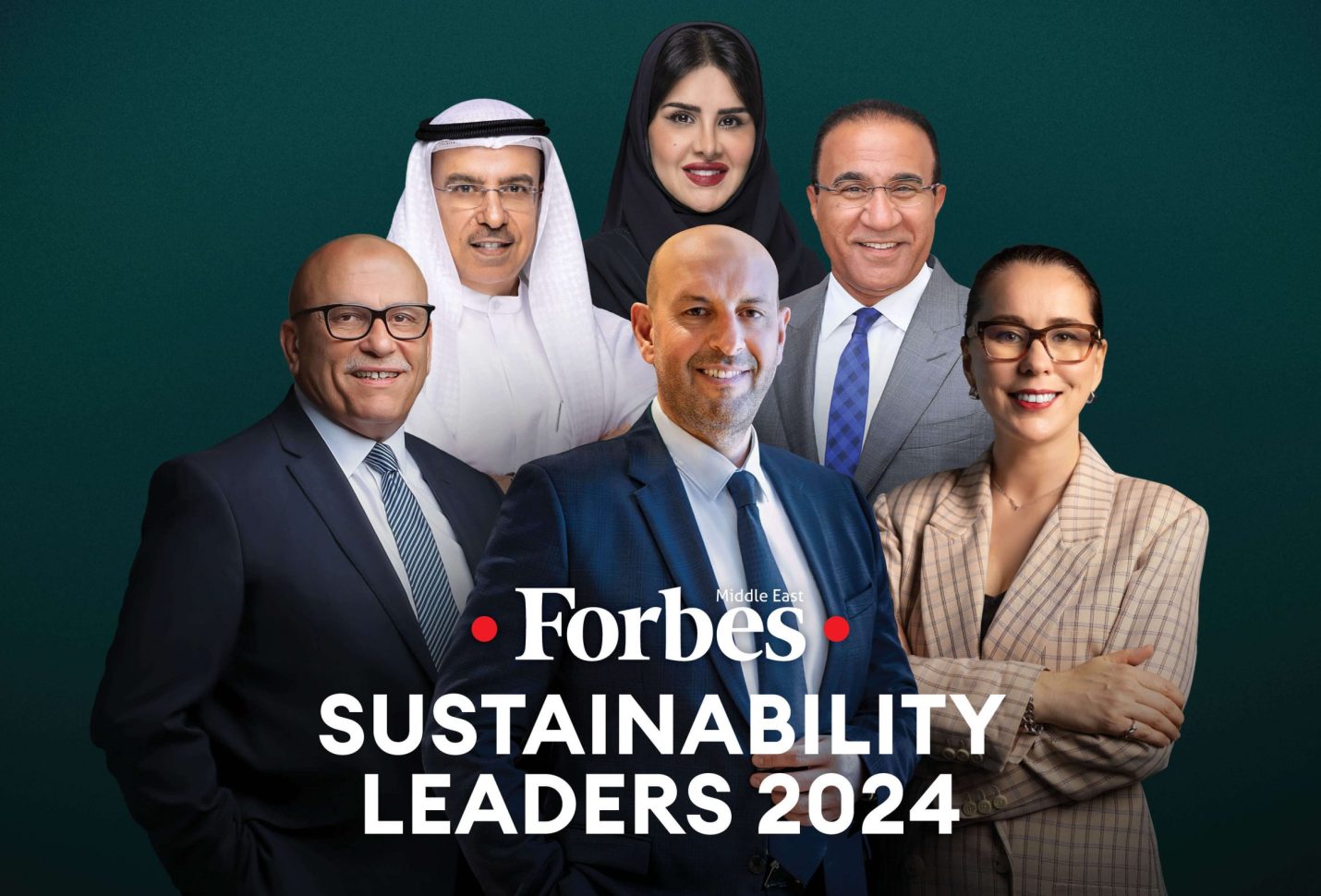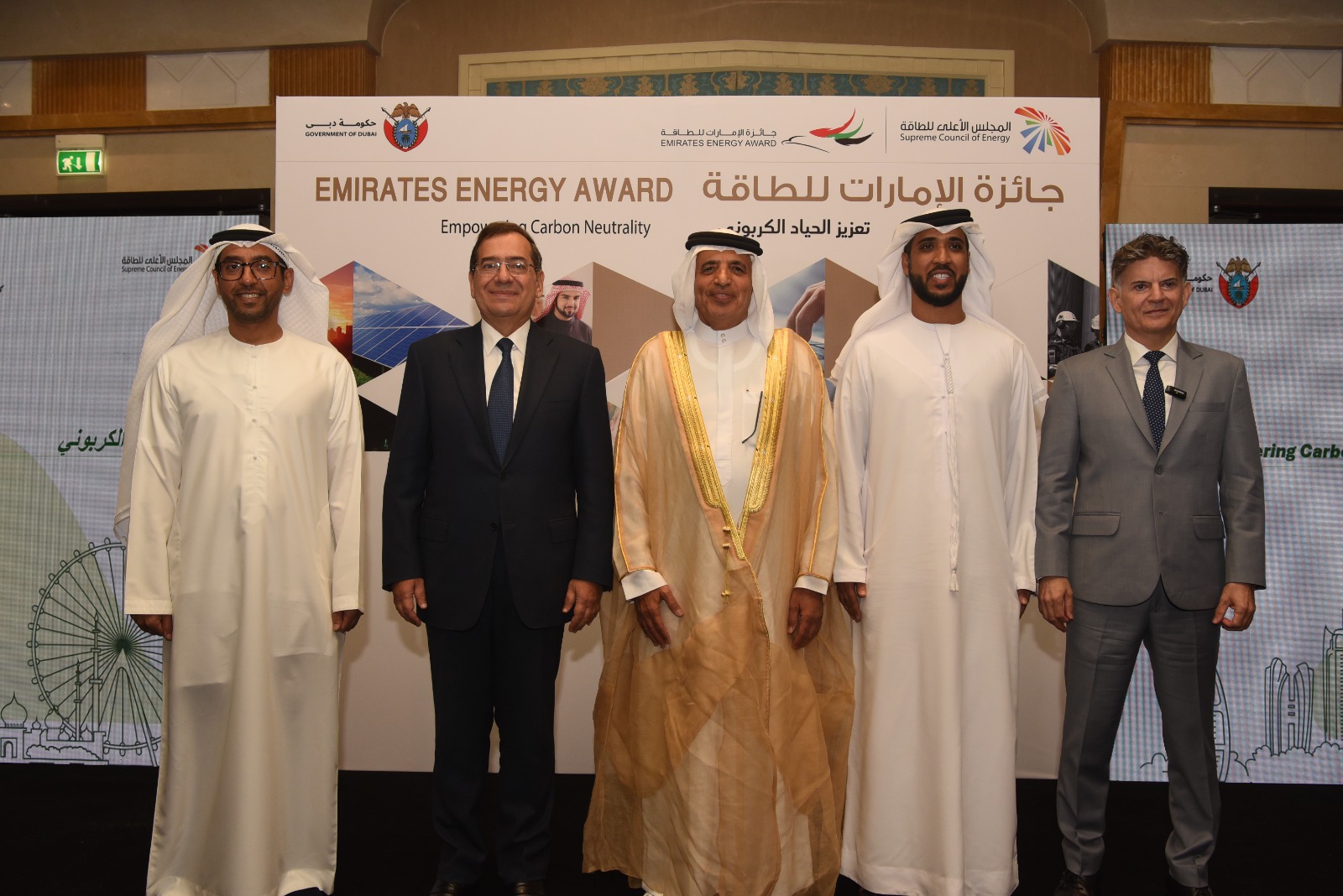The Egyptian government is betting on the transformation of the green economy, to achieve several goals and objectives at the same time. The most important of which is opening new financing channels for the economy, and attracting more investments at a time when the field is attracting the attention of major investors in today’s world.
The green economy is related to changing the direction of economic activities towards sustainable projects that do not pollute the environment. The government has set its plan on the basis that 50% of state projects comply with environmental standards, compared to 40% currently.
According to the Ministry of Planning, the government is working to accelerate the green recovery by increasing infrastructure investments such as energy, transportation and the road network. In addition to water desalination, health, communications and information technology, accompanied by institutional and legislative reform, to pave the way for private sector participation.
National initiative for green projects
The government launched the national initiative for smart green projects in the governorates to implement projects that help reduce carbon emissions and environmental pollution. It also conserves natural resources, energy efficiency, biodiversity and ecosystem services. In addition to helping to adapt to climate changes.
The number of projects submitted at the level of the initiative’s categories reached 4,786 projects, including 554 large projects, 931 medium projects, and 563 small projects. While the number of projects in the category of non-profit projects reached 1,457 projects, the category of emerging companies reached 455, and the category of climate change and sustainability reached 826.
Egypt also aims to increase the mix of renewable energy from the total energy generated to about 42% by 2035. It has also begun to take steps to expand hydrogen production and localize it to green hydrogen, which requires renewable energy sources to produce it.
The state has also moved towards transport projects that do not pollute the environment, such as the high-speed electric train, light electric train, and monorail projects. In addition to doubling electric bus projects, and providing incentives for cars to run on natural gas.
The government also currently has a water strategy for the period from 2017-2037, with investments of 900 billion pounds, to take advantage of the available resources through desalination plants. It also aims to expand wastewater treatment plants for agricultural purposes, the largest of which is the Bahr al-Baqar drainage system, which treats 5.2 million cubic meters of water daily to reclaim about 400,000 feddans in North Sinai.
The green economy…a new source of financing
The transformation of the green economy represents a major financing opportunity as it contributes about $8 trillion globally. It is also expected to reach about $12 trillion by 2030, with the potential to provide job opportunities related to the green economy for nearly 380 million people around the world.
Investors around the world pumped, in the last quarter of last year alone, about $143 billion in sustainable investments, an increase of 12% over the previous year. There are currently about 5,900 investment funds with investments in the green economy, 75% of which are in Europe alone.
Egypt, for its part, issued its first green bonds, worth $750 million, two years ago to finance projects, to take the lead in transitioning to a green economy. The government is also implementing experiments with development partners to implement adaptation projects and mitigate the consequences of climate change. The current portfolio of the Ministry of International Cooperation, for example, includes funds exceeding $11 billion.
The state also issued a renewable energy law 8 years ago, which included incentives to enter the private sector, whose production of renewable energy reached about 6,038 gigawatts in 2021.
In addition, renewable energy projects have contributed to reducing emissions by nearly 1.7 million tons of carbon dioxide, something the government is keen to announce before hosting the COP27 Climate Summit next November.
The government has also established the “Novi Programme”, a mechanism through which the Ministry of International Cooperation works to promote a list of green development projects in the water, food and energy sectors. It is also part of the strategy to combat climate change 2050.
National Green Economy Council
At the US-Egypt Sustainable Technology Forum convened by the US Embassy in Cairo, the main recommendation was to establish a National Council for the Green Economy that includes government and the private sector.
According to the discussions of the attendees who belong to well-known technological institutions such as Google and Microsoft, this proposed council works to stimulate the diffusion of green technology across various sectors. In addition to developing integrated policies and plans to push and increase the volume of foreign investments and provide financing opportunities for the transition to a green economy. As well as providing packages of incentives for companies and sectors that operate using green technologies.
That fund can check the quality of the investment funds that are dealt with, since green investment is a term that carries a degree of elasticity. A recent study revealed that 55% of 130 funds claim to be green, but they are completely on the Paris climate goals.
According to researchers, Egypt should maximize local manufacturing while developing the efficiency of solar cells, and issue binding laws for the use of renewable energy in all new cities and tourist villages. In addition to ensuring that new strategies take into account environmental requirements and contribute to the expansion of green economy and innovation branches.
The Benban plant, one of the largest solar farms in the world, is also one of the models that the government seeks to replicate. It came in partnership between it and the private sector and international financial institutions,” which included the construction of 6 million solar panels, implemented by about 40 companies from 12 different countries, to generate 1,500 megawatts of energy.












